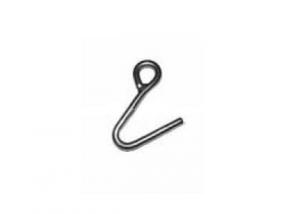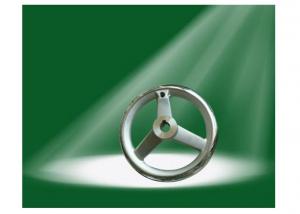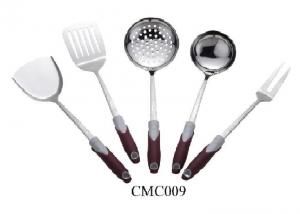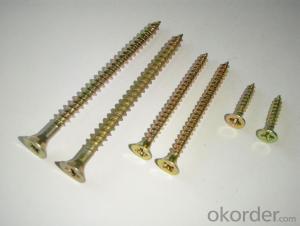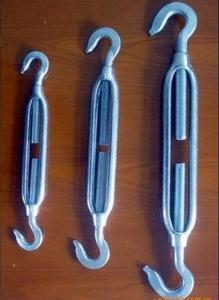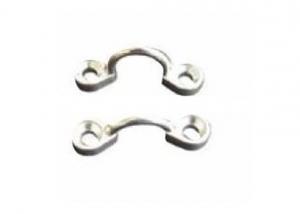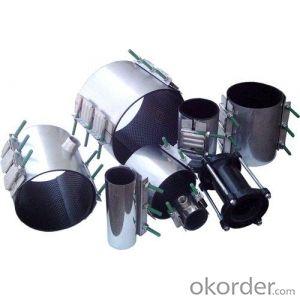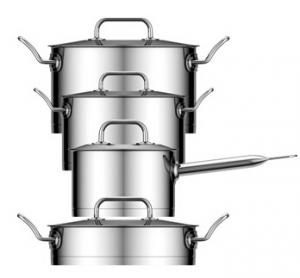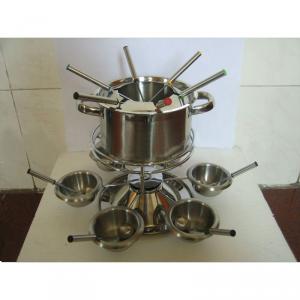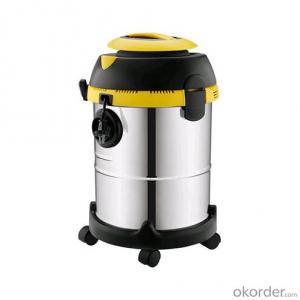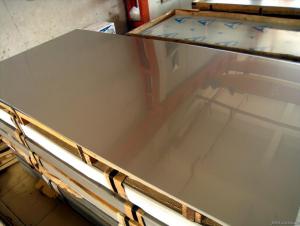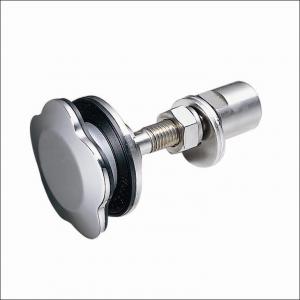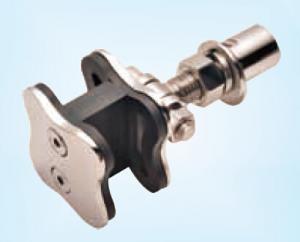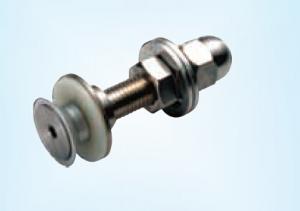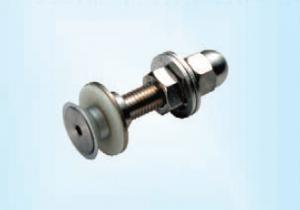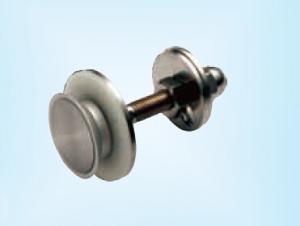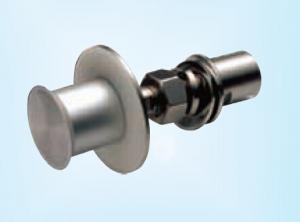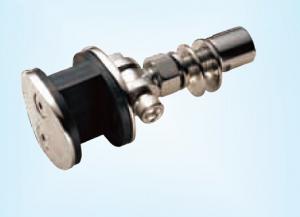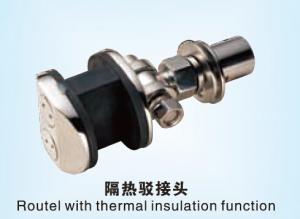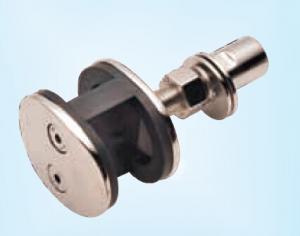Stainless Steel Scratch
Stainless Steel Scratch Related Searches
Stainless Steel Scratches Scratches In Stainless Steel Scratched Stainless Steel Scratches On Stainless Steel Stainless Steel Scratch Removal Fix Stainless Steel Scratches Fix Scratched Stainless Steel Stainless Steel Scrap Scrap Stainless Steel Stainless Steel Hardware Stainless Steel Strips Stainless Steel Square Brush Stainless Steel Stainless Steel Brush Stainless Steel Brakes Stainless Steel Clip Stainless Steel Brushes Stainless Steel Sharpie Stainless Steel Screen Stainless Steel Scraper Stainless Steel Slide Stainless Steel Block Stainless Steel Strap Stainless Steel Trash Stainless Steel Rust Stainless Steel Lock Stainless Steel Keychain Stainless Steel Straw Stainless Steel Shot Stainless Steel RoofStainless Steel Scratch Supplier & Manufacturer from China
Stainless Steel Scratch is a specialized product that includes a range of stainless steel items with surface defects or minor scratches. These products are often sourced from manufacturing processes where they did not meet the stringent quality control standards for flawless finish. Despite their imperfections, these items still possess the durability and corrosion resistance that stainless steel is known for, making them suitable for various applications.The application and usage scenarios for Stainless Steel Scratch are quite diverse. They can be utilized in construction projects, where their strength and resistance to wear are more critical than their appearance. Additionally, these products can be used in industrial settings, such as manufacturing plants or workshops, where functionality is paramount. In these environments, the minor surface imperfections of Stainless Steel Scratch do not detract from their performance, and they offer a cost-effective alternative to pristine stainless steel products.
Okorder.com is a reputable wholesale supplier that offers a large inventory of Stainless Steel Scratch products. They cater to businesses and individuals seeking high-quality stainless steel items at competitive prices. With their extensive selection and commitment to customer satisfaction, Okorder.com has established itself as a go-to source for those in need of Stainless Steel Scratch for various applications.
Hot Products













